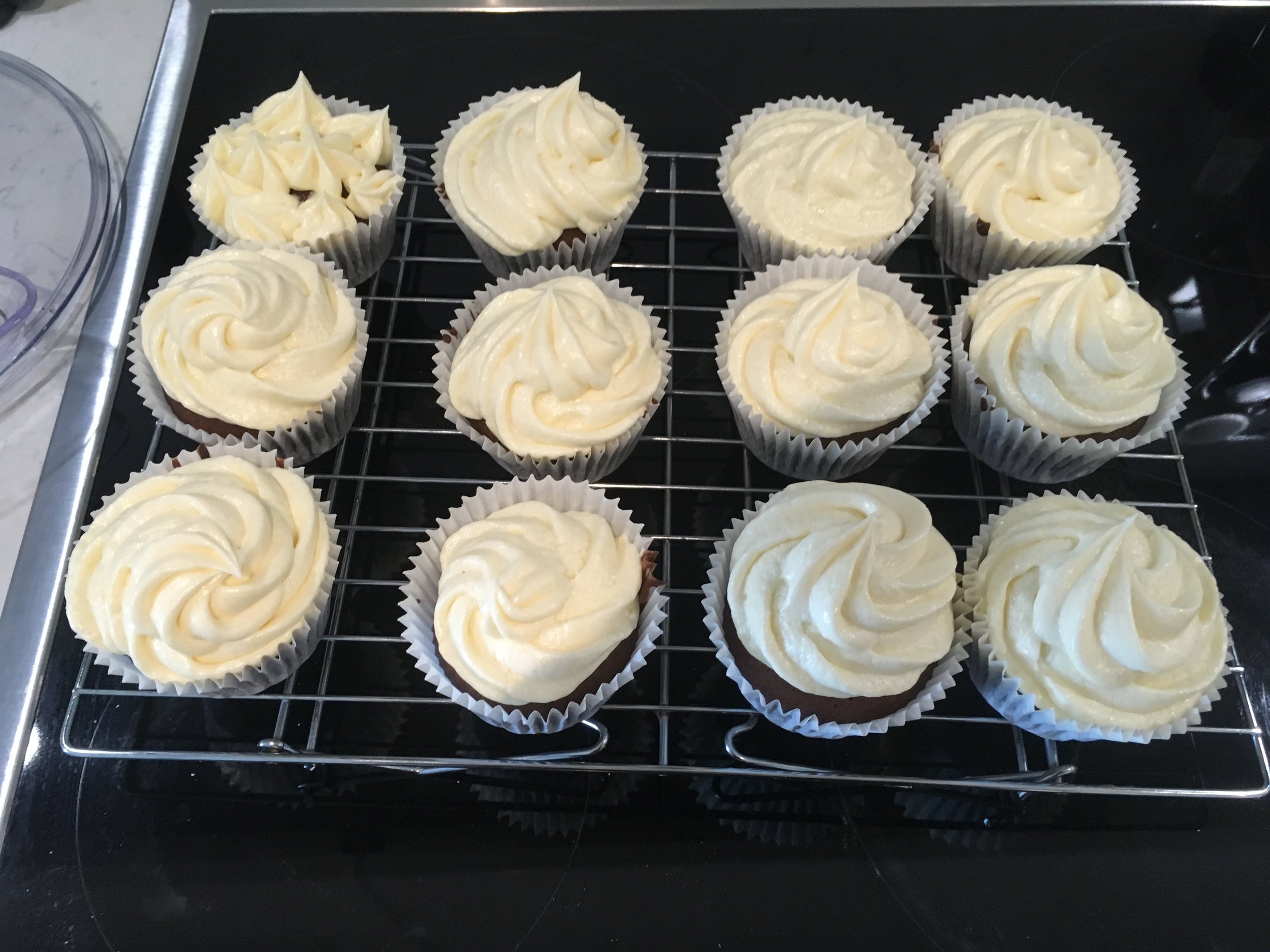40. Whole Orange Cake
2 months??? Oops.
I really have no real excuse. I’ve been busy with exams and I did go on holiday, but 2 months is pretty inexcusable! I’m sorry, I’ll try not to let it happen again.
This week I decided to get back into baking with something I had never even heard of before, that I saw on Sortedfood, link to the inspiration video here. They put a WHOLE orange into their batter. Not just the juice, not just the zest. The whole orange, pith and all (well, except for the little stem bit).
I decided to take it to the next level and do a whole cake rather than muffins, and top it with some italian meringue and candied orange peel. Let’s get stuck in.
Makes 1 cake, serves 8.
Ingredients
For the cake
1 orange
4 oz butter
6oz caster sugar
6oz self-raising flour
Pinch of salt
2 eggs
2-3 tbsp milk
For the Italian Meringue/Candied Peel
4oz caster sugar
2 egg whites
Peel of one orange
Method
Cake:
Boil the whole orange for an hour. Pop the telly on and have a cuppa.
Take the orange out of the water and remove the little stem at the top, this should pop right off. Drop your orange into a blender, or use a hand held blender, and puree the whole thing.
Preheat the oven to 180C.
In a bowl, cream together the butter and sugar for the cake.
Add in the flour and a pinch of salt and mix in.
Mix in the eggs and the pureed orange and mix until fully incorporated, then mix in the milk until it is a reasonable consistency.
Line a cake tin with greaseproof paper or butter it, and pour your mixture in.
Bake for 40-45 minutes until golden on top and when skewered with a knife, the knife comes out clean.
Allow to cool.
Candied Peel:
Use a potato peeler to peel strips of zest off the orange, trying to get as little of the pith with it as possible. If any pith comes with your strips, scrape it off with the back of a knife or with the peeler itself.
Place your strips in a pan of cold water and bring to the boil. Once boiling, drain the water out and replace with cold water. Do this a further 3 times. It will remove the bitterness from the orange peel.
Place the strips to the side.
In a pan, combine the 4oz caster sugar with 4oz water and bring to the boil. Boil until the sugar has completely dissolved and the water is clear again. Put your peel strips back in and let stand for 10-20 minutes.
Take your strips out with a fork and allow to drain on some kitchen roll.
Italian Meringue:
Whisk the egg whites to medium stiff peaks.
Bring your sugar syrup mixture (what you have just removed your peel from) back to the boil and keep heating until it reaches 114C.
Pour the sugar syrup into your egg whites WHILE WHISKING, and keep whisking for another 7-10 minutes until your egg white mixture has cooled completely
Assembly:
Preheat your grill to high setting (unnecessary if you have a blowtorch)
If your cake has risen a lot and created a dome, consider slicing the top off to make it level.
Pipe your Italian meringue onto your cake using a star shaped nozzle to get lots of ridges.
Place your cake under the grill for about a minute to get the edges of your Italian meringue to brown. If you have a blowtorch, use this so you can control where it is browning.
Decorate the cake with your candied peel.
Enjoy!





















































































































